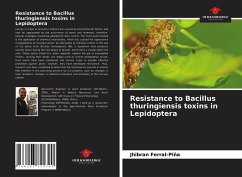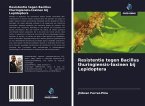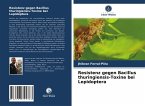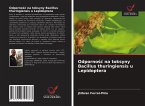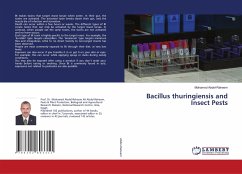Losses in crops of economic interest are caused by environmental factors and may be aggravated by the occurrence of pests and diseases, therefore, several strategies should be adopted for their control. The most used method is the application of chemical insecticides, which has caused the appearance of populations of resistant pests. An alternative to chemical control is the use of Cry toxins from Bacillus thuringiensis (Bt), a bacterium that produces several toxins during the last phase of growth, which form a crystal within the cells. These toxins called Cry, when ingested, rupture the gut of susceptible insects, causing their death, are widely used to control lepidopteran larvae. Such toxins have been introduced into various crops to provide effective protection against pests, however, they have developed resistance. Thus, research has been conducted to determine the mechanisms present in insects that interfere in the poisoning process by Cry proteins, such as changes in toxinreceptors, changes in intestinal proteases and activation of the immune system.

